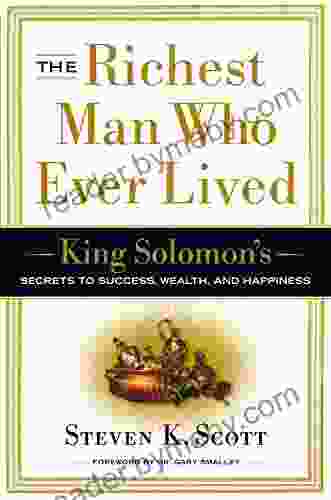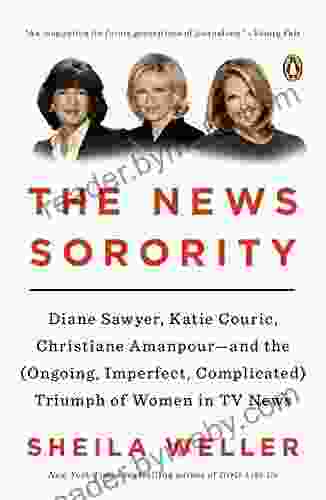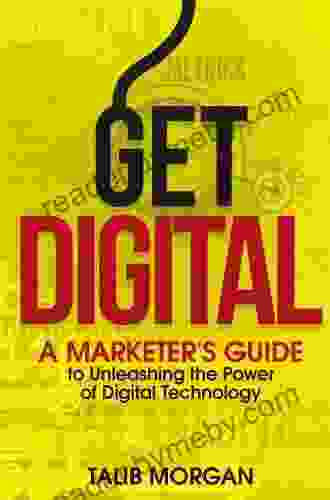The Richest Man Who Ever Lived: A Journey of Triumph and Philanthropy

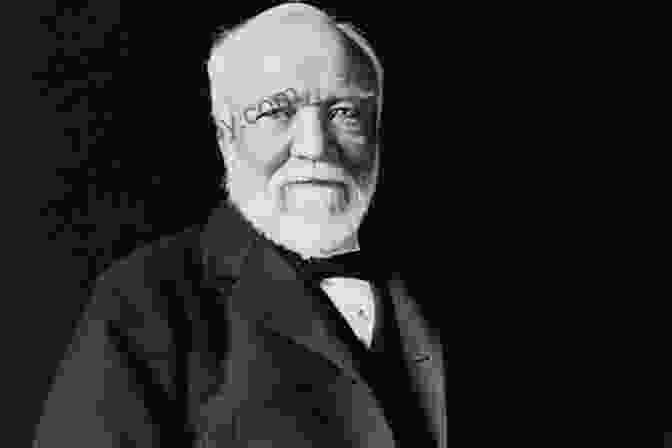
4.7 out of 5
| Language | : | English |
| File size | : | 783 KB |
| Text-to-Speech | : | Enabled |
| Screen Reader | : | Supported |
| Enhanced typesetting | : | Enabled |
| X-Ray | : | Enabled |
| Word Wise | : | Enabled |
| Print length | : | 256 pages |
In the annals of wealth and enterprise, few names shine as brightly as that of Andrew Carnegie. A man of humble origins who rose to become the richest man who ever lived, Carnegie's life is a testament to indomitable spirit, visionary leadership, and unparalleled philanthropy. His story, chronicled in the captivating book "The Richest Man Who Ever Lived," is a captivating tale of triumph, innovation, and the transformative power of giving back.
From Rags to Riches: A Story of Unwavering Ambition
Born in a humble weaver's cottage in Dunfermline, Scotland, in 1835, Andrew Carnegie's life took a dramatic turn when his family emigrated to the United States in 1848. At the tender age of 13, he began working in a cotton factory for a meager $1.20 per week. Despite the arduous labor and long hours, Carnegie possessed an unyielding determination to succeed. He spent his evenings voraciously reading books, educating himself, and dreaming of a better life.
Carnegie's fortunes began to change when he landed a job as a telegraph operator. His keen eye for detail and quick thinking enabled him to intercept valuable information, which he used to make shrewd investments in the burgeoning railroad industry. By the age of 30, Carnegie had amassed a considerable fortune and was ready to embark on his own entrepreneurial ventures.
Pioneering Innovations: Shaping the Steel Industry
Carnegie's most significant contribution to industry came in the field of steel production. He recognized the potential of the Bessemer process, a revolutionary method of making steel that was faster and more efficient than traditional techniques. Carnegie invested heavily in Bessemer converters and established the Carnegie Steel Company in 1875. Under his leadership, Carnegie Steel became the world's largest steel producer, dominating the industry for decades.
Carnegie's innovations extended beyond the factory floor. He implemented groundbreaking management practices, such as vertical integration and cost-cutting measures, that maximized efficiency and productivity. He also invested heavily in research and development, fostering a culture of innovation that propelled the steel industry forward.
A Legacy of Giving: The Gospel of Wealth
Despite his immense wealth, Andrew Carnegie was not one to hoard his riches. He believed in the "Gospel of Wealth," a philosophy that advocated for the wealthy to use their resources to benefit society. Carnegie dedicated the latter part of his life to philanthropy, giving away the majority of his fortune to support education, libraries, and various charitable causes.
One of Carnegie's most notable contributions was the establishment of over 2,500 public libraries across the United States and the British Empire. He believed that access to knowledge was essential for the progress of society, and his libraries provided countless individuals with opportunities to learn and grow.
Carnegie also established the Carnegie Corporation of New York, a philanthropic foundation that continues to support education, scientific research, and social justice initiatives around the world. Through his generosity, Carnegie left an enduring legacy that continues to shape our world today.
Lessons from the Richest Man: Timeless Principles
Andrew Carnegie's life offers invaluable lessons for aspiring entrepreneurs, philanthropists, and anyone seeking a meaningful and impactful life. His indomitable spirit, unwavering ambition, and commitment to giving back serve as a constant source of inspiration. Here are some key takeaways from his extraordinary journey:
- Embrace adversity: Carnegie's humble beginnings taught him the value of perseverance and resilience. He never let setbacks define him, instead using them as fuel for his determination.
- Invest in knowledge: Carnegie's voracious reading and self-education laid the foundation for his success. He understood the importance of continuous learning and encouraged others to do the same.
- Innovate and take risks: Carnegie's investment in the Bessemer process and his willingness to embrace new technologies were instrumental in his rise to the top of the steel industry.
- Give back to society: Carnegie believed that wealth should be used for the betterment of humankind. His philanthropy transformed countless lives and left a lasting impact on education, culture, and social progress.
- Live a life of purpose: Carnegie's commitment to making a positive difference in the world guided his every action. He saw his wealth as a means to create opportunities and empower others.
: A Timeless Legacy
Andrew Carnegie's story is a reminder that even the most humble beginnings can lead to extraordinary achievements. His unwavering ambition, pioneering spirit, and unwavering philanthropy have left an enduring legacy that continues to inspire generations. "The Richest Man Who Ever Lived" is not merely a biography but a captivating narrative that unveils the secrets of success, the transformative power of giving, and the timeless principles that guide a life well-lived.
As we close the chapter on Andrew Carnegie's extraordinary life, let his legacy serve as a beacon of hope and a reminder that the pursuit of wealth and the pursuit of purpose can be intertwined. By embracing his principles and striving to make a positive impact on the world, we can all contribute to a brighter future for ourselves and for generations to come.
4.7 out of 5
| Language | : | English |
| File size | : | 783 KB |
| Text-to-Speech | : | Enabled |
| Screen Reader | : | Supported |
| Enhanced typesetting | : | Enabled |
| X-Ray | : | Enabled |
| Word Wise | : | Enabled |
| Print length | : | 256 pages |
Do you want to contribute by writing guest posts on this blog?
Please contact us and send us a resume of previous articles that you have written.
 Book
Book Novel
Novel Page
Page Chapter
Chapter Text
Text Story
Story Genre
Genre Reader
Reader Library
Library Paperback
Paperback E-book
E-book Magazine
Magazine Newspaper
Newspaper Paragraph
Paragraph Sentence
Sentence Bookmark
Bookmark Shelf
Shelf Glossary
Glossary Bibliography
Bibliography Foreword
Foreword Preface
Preface Synopsis
Synopsis Annotation
Annotation Footnote
Footnote Manuscript
Manuscript Scroll
Scroll Codex
Codex Tome
Tome Bestseller
Bestseller Classics
Classics Library card
Library card Narrative
Narrative Biography
Biography Autobiography
Autobiography Memoir
Memoir Reference
Reference Encyclopedia
Encyclopedia Thomas Goltz
Thomas Goltz Sophie Fuggle
Sophie Fuggle Lyle Estill
Lyle Estill Remco Ensel
Remco Ensel Pat Sloan
Pat Sloan Rod Weston
Rod Weston Martin Miller
Martin Miller Leda Schubert
Leda Schubert Margaret Kessler
Margaret Kessler Philip Moore
Philip Moore Meg Ripley
Meg Ripley Renee Robinson
Renee Robinson Laura Rascaroli
Laura Rascaroli Sharone Stevenson
Sharone Stevenson Pam Anderson
Pam Anderson Neal Stephenson
Neal Stephenson The Edward Clown Family
The Edward Clown Family Ross Mccammon
Ross Mccammon Laura Sebastian
Laura Sebastian Sean Cover
Sean Cover
Light bulbAdvertise smarter! Our strategic ad space ensures maximum exposure. Reserve your spot today!

 Duncan CoxPraxis II Test Practice Questions Review: The Ultimate Guide to Passing Your...
Duncan CoxPraxis II Test Practice Questions Review: The Ultimate Guide to Passing Your... Todd TurnerFollow ·3.9k
Todd TurnerFollow ·3.9k Andy HayesFollow ·12.5k
Andy HayesFollow ·12.5k Lee SimmonsFollow ·17.1k
Lee SimmonsFollow ·17.1k Roland HayesFollow ·11.5k
Roland HayesFollow ·11.5k Kendall WardFollow ·3.4k
Kendall WardFollow ·3.4k George R.R. MartinFollow ·7.9k
George R.R. MartinFollow ·7.9k Galen PowellFollow ·16.4k
Galen PowellFollow ·16.4k Raymond ParkerFollow ·6.4k
Raymond ParkerFollow ·6.4k
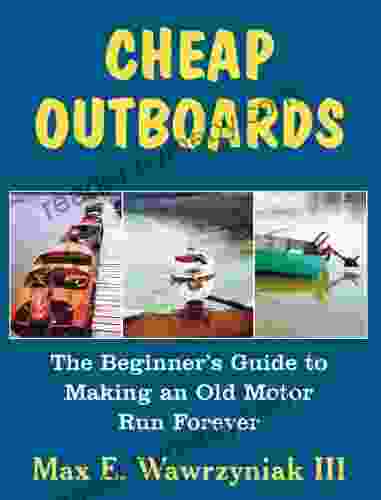
 Wayne Carter
Wayne CarterThe Beginner's Guide to Making an Old Motor Run Forever
If you're like most...
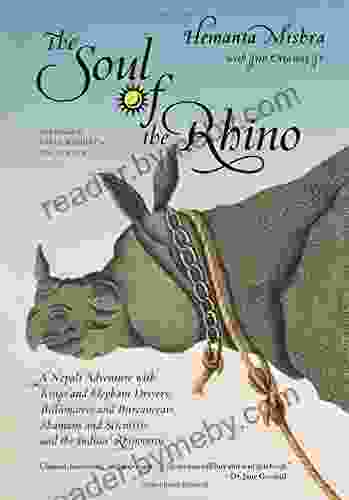
 Deacon Bell
Deacon BellNepali Adventure: Kings and Elephant Drivers,...
In the heart of the...
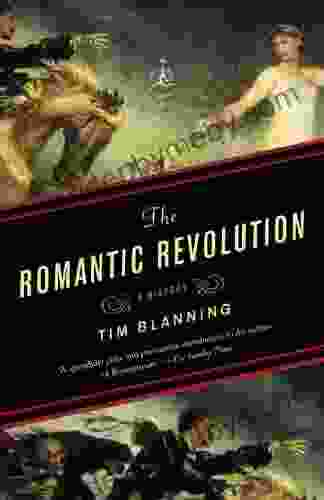
 Carlos Drummond
Carlos DrummondThe Romantic Revolution: A Journey Through History and...
Unveiling the...
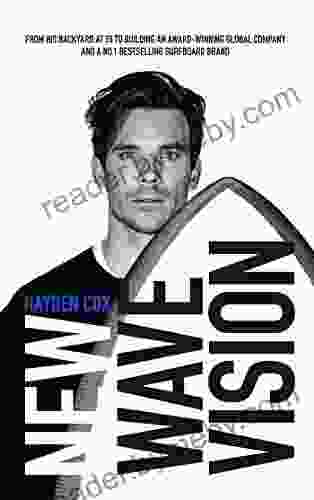
 Kazuo Ishiguro
Kazuo IshiguroUnlock Your Inner Innovator: Dive into the New Wave...
Embark on a Transformative Journey of...
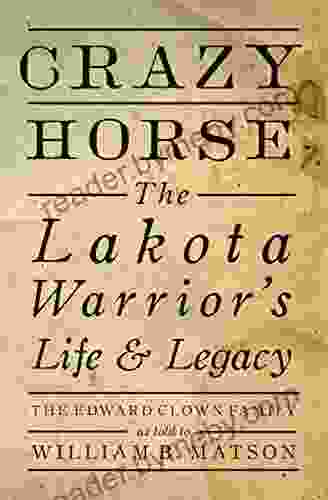
 William Golding
William GoldingCrazy Horse: The Lakota Warrior's Life and Legacy
In the annals of Native...

 Hector Blair
Hector BlairMildred and Richard Loving: The Inspiring Story of...
Mildred and Richard Loving were an...
4.7 out of 5
| Language | : | English |
| File size | : | 783 KB |
| Text-to-Speech | : | Enabled |
| Screen Reader | : | Supported |
| Enhanced typesetting | : | Enabled |
| X-Ray | : | Enabled |
| Word Wise | : | Enabled |
| Print length | : | 256 pages |


